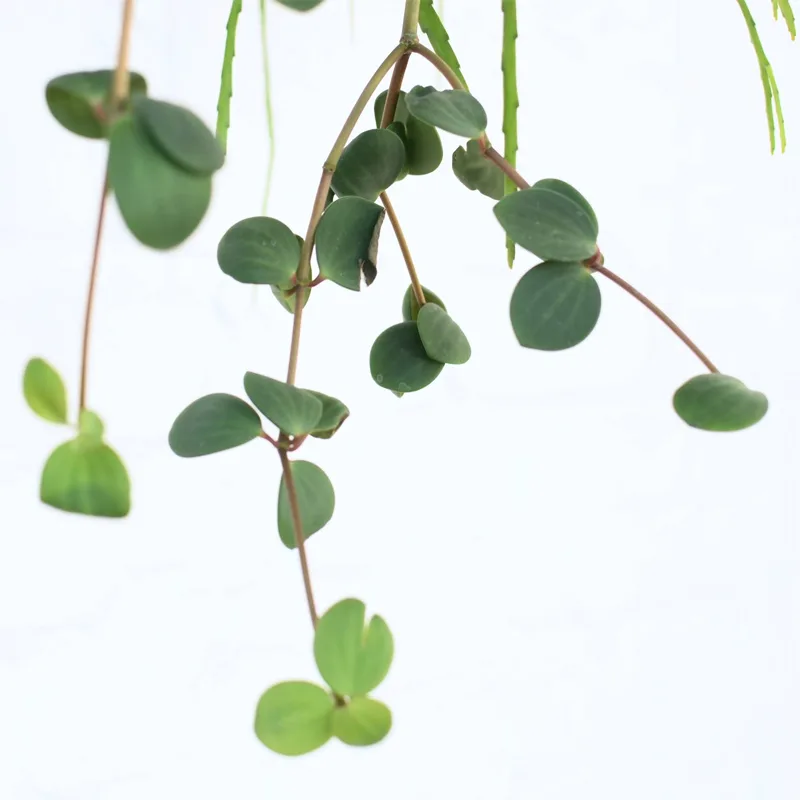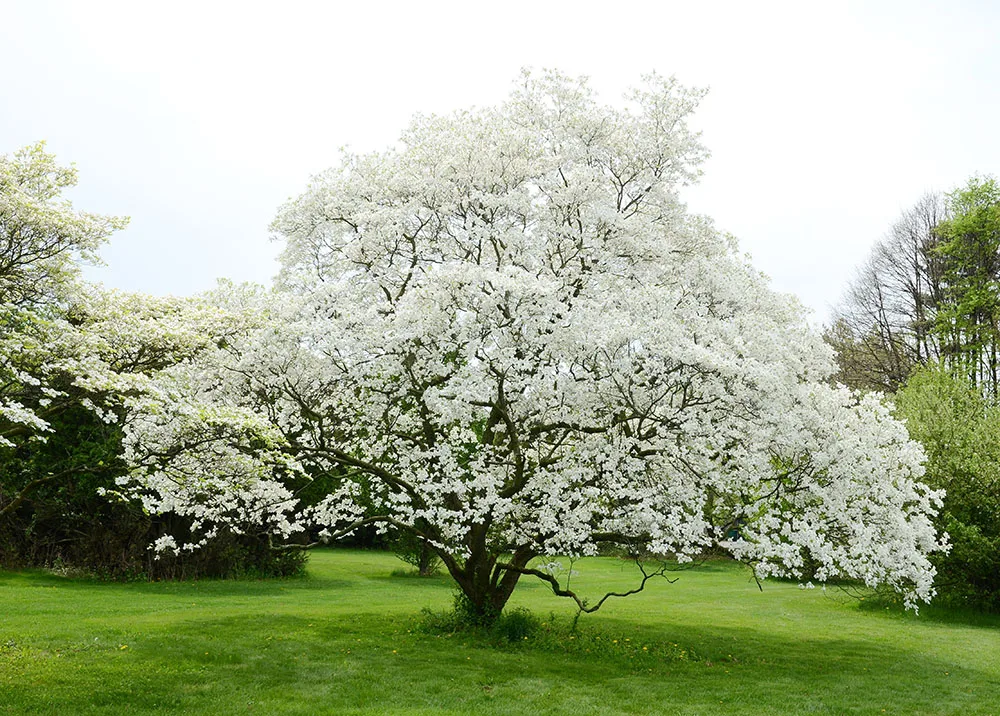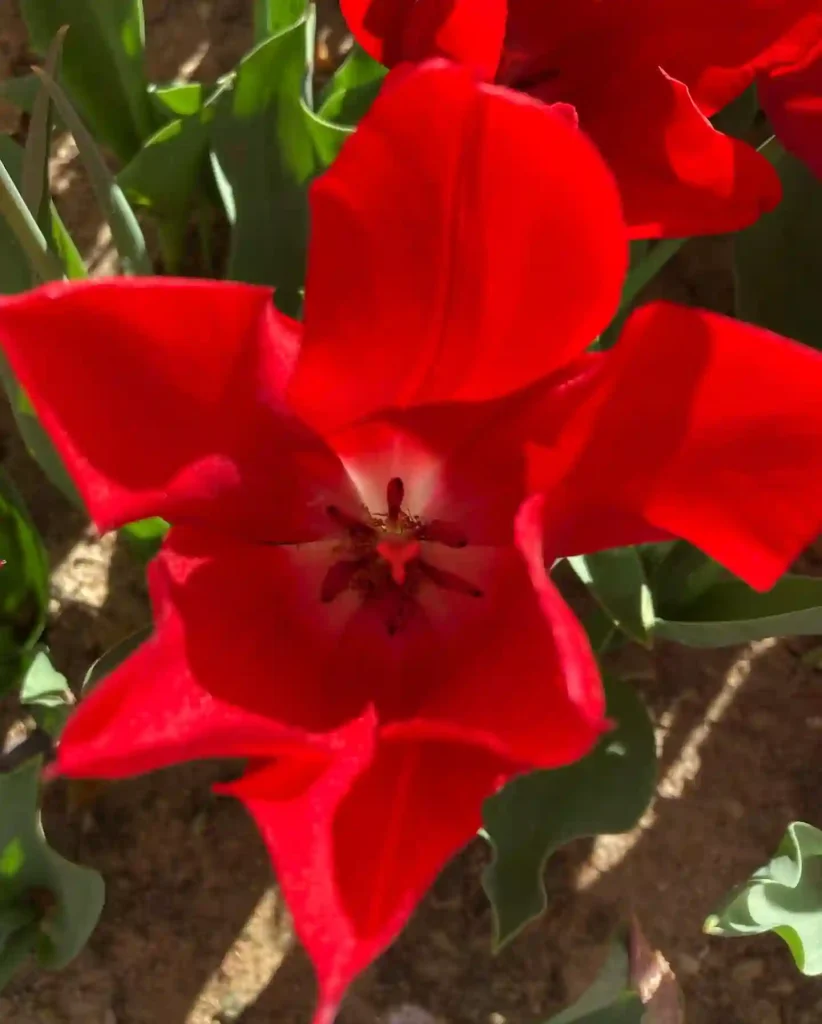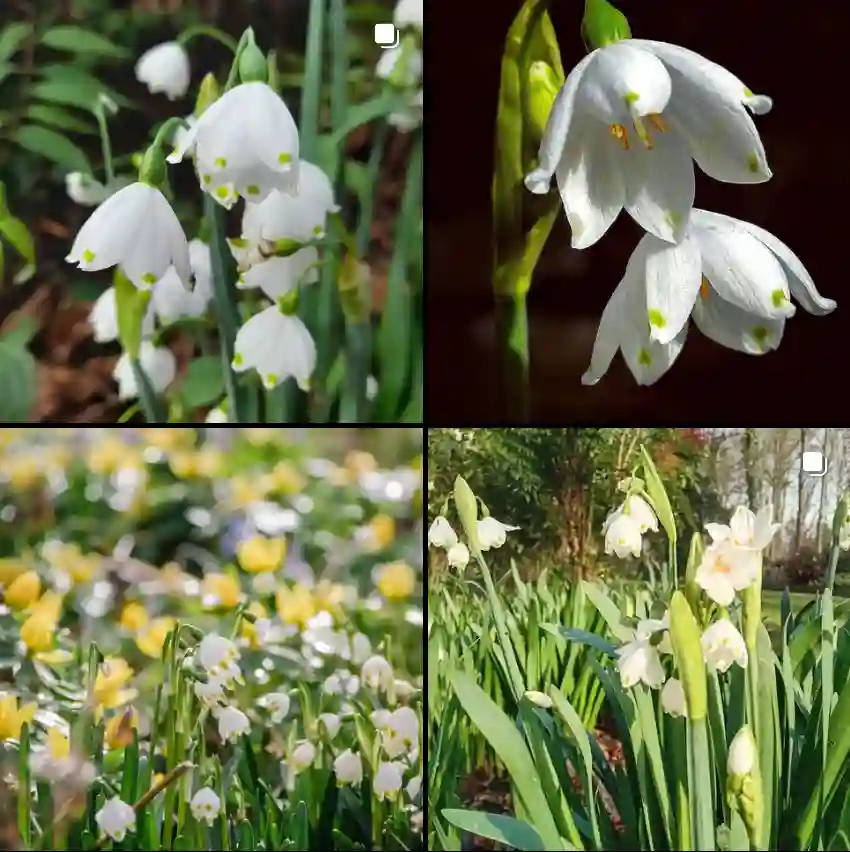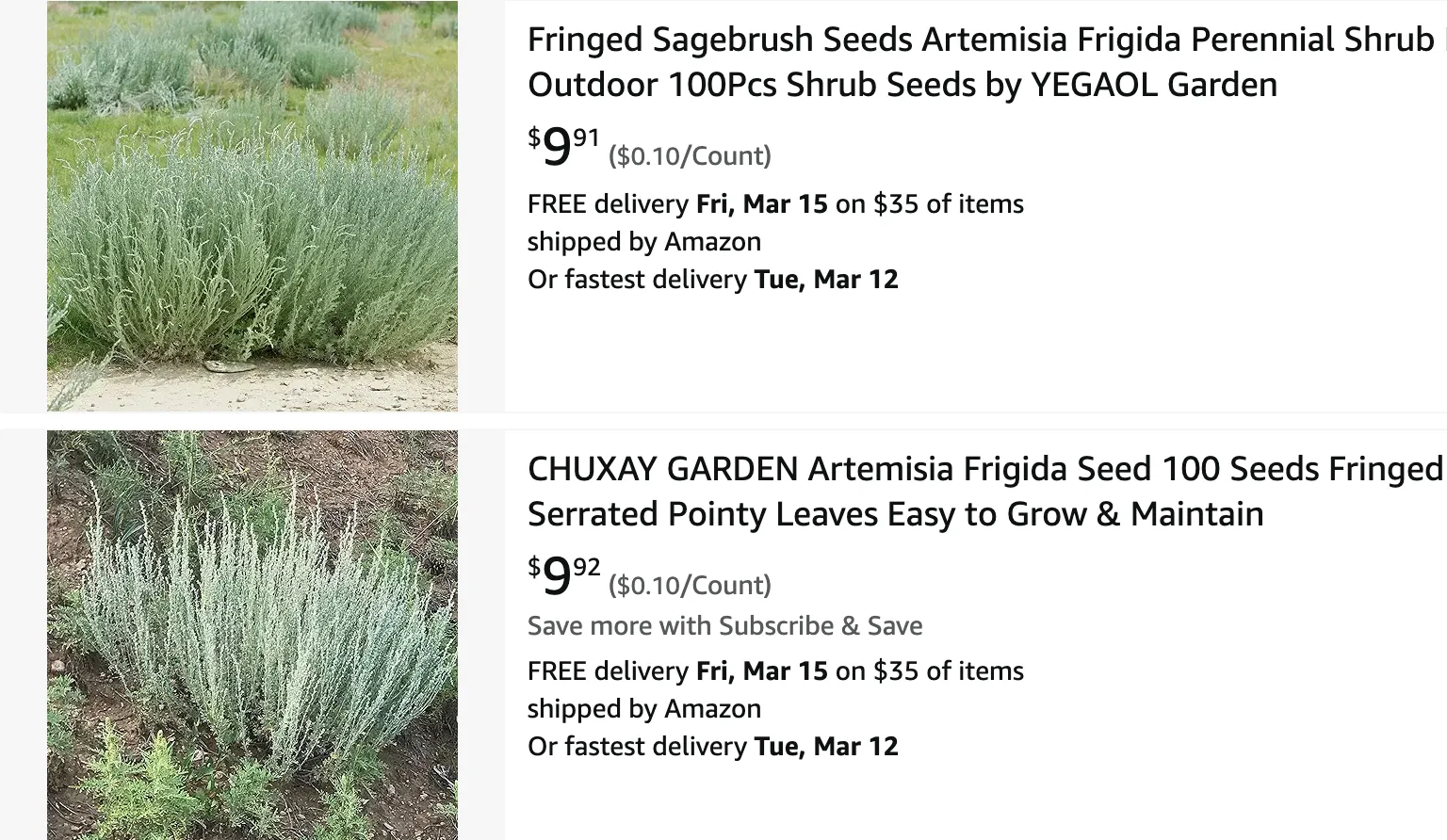
Unveiling Artemisia frigida: A Fragrant Friend for Your Garden
The world of plants holds a treasure trove of discoveries, each species offering unique characteristics and benefits. Recently, Artemisia frigida, a captivating low-growing perennial, has piqued my interest. Its silvery foliage and subtle charm have me eager to learn more about its potential in my garden.
Over the past few weeks, I’ve delved into the world of Artemisia frigida, and I’m here to share what I’ve unearthed. From its captivating appearance to its potential uses, this article will be your guide to understanding and incorporating this little wonder into your landscape.
508 Species in Genus Artemisia
Planting a Silver Lining: Characteristics of Artemisia frigida
Artemisia frigida, also known as Fringed Sagewort or Prairie Sagebrush, boasts a captivating presence. Its low-growing, mounding form typically reaches around 18 inches in height, with a spread of up to 2 feet. The true star of the show, however, is its foliage. Delicately divided leaves, adorned with silvery hairs, create a feathery texture that shimmers in the sunlight. This mesmerizing display adds a touch of cool elegance to any garden.
But Artemisia frigida’s charm extends beyond aesthetics. Its deeply divided leaves allow air to circulate freely, making it a valuable addition to drought-tolerant landscapes. Additionally, the plant thrives in poor to moderately fertile soil, a testament to its resilience.
A Symphony for the Senses: Fragrance and Flowers
While the flowers of Artemisia frigida might not be the showstoppers, they add a touch of whimsy to the plant’s overall appeal. Tiny, pale yellow blooms appear in clusters during the summer months, adding a subtle pop of color amidst the silvery foliage.
More captivating, however, is the plant’s fragrance. Artemisia frigida possesses a distinct, camphor-like scent, similar to other members of the Artemisia genus. Some find this aroma invigorating, while others perceive it as slightly medicinal. Regardless of personal preference, the fragrance adds another layer of interest to this unique plant.
Is Artemisia frigida edible?
While some Artemisia species have culinary uses, it’s important to exercise caution with Artemisia frigida. While information online can be conflicting, it’s generally advisable to avoid consuming this particular species unless you have a thorough understanding of its properties and potential side effects. It’s always best to consult with a qualified herbalist before ingesting any unfamiliar plant.
A Haven for Wildlife: The Ecological Benefits of Artemisia frigida
Artemisia frigida isn’t just a visual treat; it also plays a vital role in the ecosystem. The plant attracts a variety of beneficial insects, including pollinators like butterflies and bees. These tiny visitors flit amongst the feathery foliage, contributing to a healthy and thriving garden. Additionally, Artemisia frigida provides cover for small creatures, creating a haven for wildlife.
How to Care for Artemisia frigida?
The beauty of Artemisia frigida lies in its ease of care. This low-maintenance plant thrives in dry to well-drained soil and revels in full sun. Once established, it requires minimal watering, making it an ideal choice for water-wise gardens.
For optimal growth, provide your Artemisia frigida with a light application of fertilizer in the early spring. Deadheading, or removing spent flowers, can encourage continued blooming throughout the summer.
How to propagate Artemisia frigida?
If you wish to expand your silver haven, Artemisia frigida offers multiple methods for propagation. One simple approach is division. In early spring or fall, carefully dig up a mature plant and divide it into sections, ensuring each section has healthy roots and foliage. Replant the divisions in their new locations, and watch them flourish.
Another option is stem cuttings. During the growing season, take stem cuttings several inches long and remove the lower leaves. Dip the cut ends in rooting hormone (optional) and plant them in a pot filled with moist, well-draining potting mix. Keep the cuttings in a warm, well-lit location and mist them regularly until roots develop. Once established, transplant your new Artemisia frigida into your desired location.
Planting Partners: Selecting the Perfect Companions for Artemisia frigida
Artemisia frigida’s silvery foliage makes it a versatile companion plant. Here are a few ideas to inspire your garden design:
- For a burst of color: Combine Artemisia frigida with vibrant flowering perennials like Echinacea purpurea (purple coneflower) or Rudbeckia fulgida (black-eyed Susan).
- For a drought-tolerant haven: Pair your Artemisia frigida with other low-water-demanding plants such as ornamental grasses, Sedum spp. (stonecrop), or Lavender (Lavandula spp.). Their complementary needs and varying textures will create a visually interesting and sustainable garden.
- For a touch of whimsy: Artemisia frigida complements whimsical elements like ornamental alliums with their spherical flower heads or Yarrow (Achillea millefolium) with its flat clusters of colorful blooms.
By incorporating these suggestions, you can create a garden that not only thrives but also delights the senses.
If i die, water my plants!
